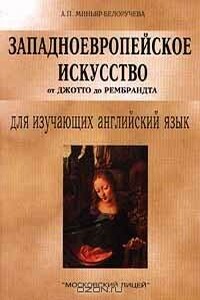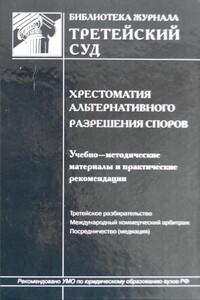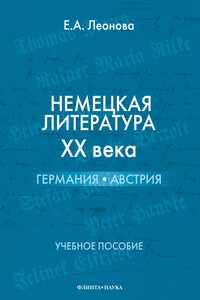Западноевропейское искусство от Джотто до Рембрандта. Для изучающих английский язык | страница 14
The Birth of Venus may show the effects of Botticelli's residence in Rome in the early 1480s. Venus, according to the ancient myth, was born from the sea. Upon a sea represented without concern for space, and dotted with little V-shaped marks for waves, Botticelli's Venus stands lightly in a beautiful cockleshell, wafted by two embracing wind-gods, toward a highly stylized shore. This Venus, proportioned like the Three Graces, differs from the splendid Venuses of classical antiquity. She uses the curving streams of her long hair to cover her nakedness. She can't wait for the cloak that one of the Hours is about to spread around her. Botticelli's allegory is related to the Christian tradition with which he tried to reconcile the pagan legend. The composition has been compared to medieval and Renaissance representations of the Baptism of Christ. It may be argued that this is a rather artificial interpretation, but it is an interpretation that made sense to the fifteenth century.
Later, under the impact of Savonarola's preaching and the troubles besetting Italy Botticelli's imagery becomes less esoteric and more Christian. The best possible example is the Mystic Nativity. In order to emphasize the importance of the Madonna and Child and the relative unimportance of the humans, Botticelli has reverted to the early medieval device of disregarding scale and perspective and grading the actual sizes of the figures according to their importance; hence the Madonna is far the largest although placed apparently in the middle distance. The feature that links Botticelli most firmly with the Florentine artistic heritage is his linear perspective.
The unreality of Botticelli is a blind alley in the development of Renaissance painting, the brilliance and beauty of his line are not, and it may have influenced the pictorial style of Michelangelo.
Make sure you know the pronunciation of the following:
Sandro Botticelli; Florence; Flora; Graces; Hours; Savonarola; Renaissance; Venus; Christian; Zephyms; Chloris; Mercury
Primavera (The Allegory of Spring) – «Весна»
Birth of Venus – «Рождение Венеры»
Baptism of Christ – Крещение Христа
Mystic Nativity – «Мистическое Рождество»
I. Read the text. Mark the following statements true or false.
1. Botticelli's contemporaries admired his works of art.
2. In the Primavera Christianized Venus reigns on Olympus.
3. Flora, Mercury and Zephyrus dance in a ring.




